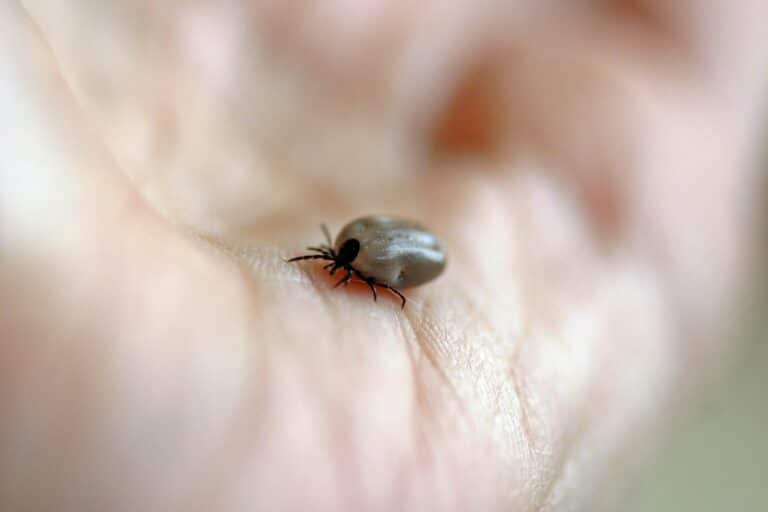How to stay tick safe in the Aussie Bush




There’s no shortage of creepy crawly creatures in the Australian outback and sometimes, it’s the smallest animals that are the most irritating. If you’ve ever encountered or heard about ticks, you’ll know that they’re one of the ones to avoid!
Ticks are tiny parasites that bite onto animals and feed on their blood. In Australia, there are more than 70 types of ticks, and they are mostly found in the Eastern states. The first step to dealing with these creatures is to understand their behaviour.
Ticks live in shady ground-level foliage, often in areas where animals such as kangaroos are common. They’re most active in spring and summer but can be found all year round. They can sense human body heat and sweat from up to four metres away, and they actually position themselves in tall grass or low shrubs along busy thoroughfares (like walking tracks), waiting to spring on their next prey.
Of course, if they do spring onto you, you probably won’t feel it because they’re so small! They won’t necessarily bite right away and can be on you for up to two hours before latching on. Ticks prefer to bite in darker, warmer places on the body, like the armpits, the groin or even in your hair.
Once the tick bites, it injects saliva into the bite, which stops the blood from clotting, and they can then feed for up to several days if left.

Apart from them being fairly creepy, ticks can cause a whole lot of issues in humans. On the less serious side, their bites can be quite painful and leave itchy red marks in their wake. Although sometimes, you won’t feel them bite at all!
On the more serious end, they can cause a reaction known as ‘tick paralysis’, which is more common in children. The symptoms are lethargy, loss of appetite, dilated pupils, weakness, poor balance and slurred speech.
Many ticks are also known to carry harmful diseases such as:
Worst of all, some people are deathly allergic to ticks. Australian ticks in particular are known for causing Mammalian Meat Allergy and tick bite anaphylaxis. If you’re bitten regularly, you can develop a more serious tick allergy over time.
Needless to say, we want to avoid being bitten by ticks! Here are the top recommended ways to avoid tick bites.
If you are allergic to ticks, you should immediately seek medical help.
If you are NOT allergic to ticks, you should kill the tick as soon as possible to reduce the chance of developing an allergy. Do not remove the tick using tweezers or scratching because this increases the chance of the tick putting more saliva into your body, which is what causes the allergy.
How do you kill a tick? With a freezing spray containing ether. These can be found commonly in most pharmacies and are essential for any hikers’ first aid kit!

Once the tick is dead, it should die and drop off within about five minutes. If you start to experience a reaction, the tick can’t be frozen, or the tick won’t drop off after freezing, you should seek medical help. Keep in mind that some tick reactions and diseases can show up many hours after the tick bite.